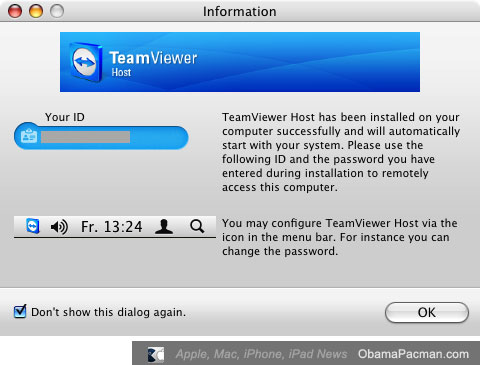

Next time they open it, bingo new password. And they click ok, thanks, when its finished after I jump off. Clients only start TV with me over the phone so I can log in. When TV is finished, closing it closes it for good – no background service running here thanks. Passwords settings have been changed in options to 8 or 10 chars depending on the client – some clients have no idea what a some symbols are called, so they don’t get the hardest setting, but it doesn’t really matter in my case, because we don t leave TV running unattended. When my clients run TV, it generates a new password every time. And there is an option to not start when the system starts.

When you run the installer you have an option to not install as a service (even if you did you could disable that service)). They run portable versions (but even installed is OK. I use this because it shows transparency (the client can see me when I’m logged in and can kick me out anytime). Can’t wait to find out the exact details and proof of what’s really going on.Īs for myself, I use TV all the time with my clients. As Jojo says, some people are reporting that 2FA didn’t save them.

It also uses end to end encryption, to answer Bart’s question above. How hard is it to automate trying to connect to those accounts but on TV and getting some % that work? Note that TV themselves say that TV has mechanisms to block brute force. Now let’s assume a percentage of these people use the same password on multiple accounts.

Next, we have for sale, and cheap at the price, large scale databases of accounts + passwords – combined megabreaches from over the years. This has only happened to those who run TV as a service/run at startup, and I for those who have accounts. I haven’t read much about this yet, just a quick scan of the one article (plus Martin’s one as well), and TV’s statement on their site, and two reddit threads.


 0 kommentar(er)
0 kommentar(er)
